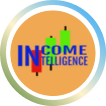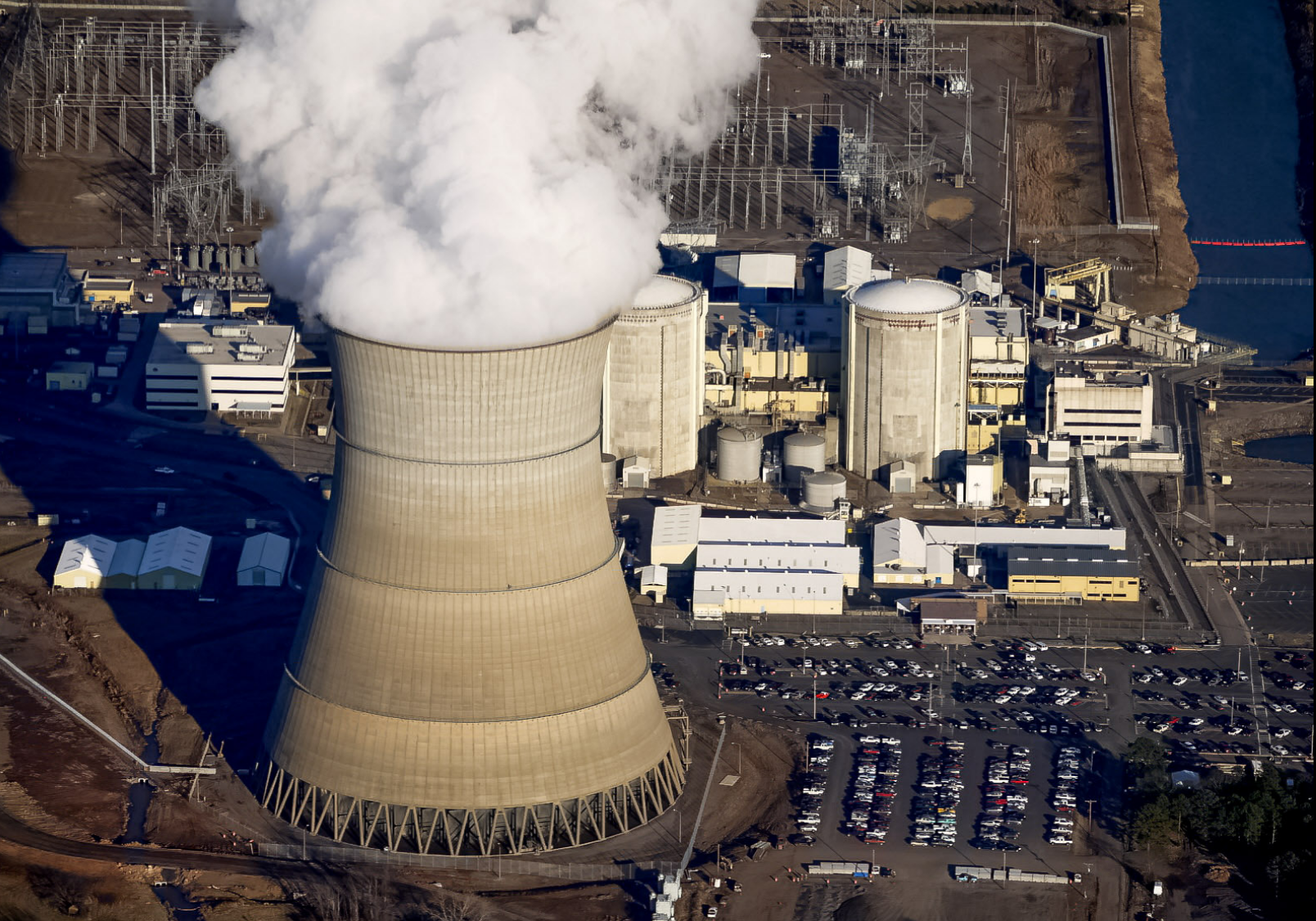The future of defense is unmanned.
For decades, global defense spending has been dominated by jets, tanks, and ships. But now, a silent revolution is underway — the rise of drones and autonomous warfare. From the skies over Ukraine to cutting-edge U.S. military programs, unmanned aerial vehicles (UAVs) are becoming the new frontline.
In this post, we’ll explore:
- Why militaries are shifting to drones
- Which companies are leading the charge
- How investors can position for this transformation
🎯 Why the Shift to Drones?
The war in Ukraine has shown the world one thing clearly: drones work. They’re faster, cheaper, and often more effective than traditional equipment in modern conflict.
🛠️ Key Advantages of Drones:
- Lower cost than fighter jets or tanks
- Zero pilot risk — flown remotely or autonomously
- Real-time surveillance and precision strikes
- Swarming tech enables multiple drones to overwhelm defenses
Militaries are responding quickly. The Pentagon is launching programs like Replicator, aiming to produce thousands of autonomous systems. Meanwhile, Ukraine’s “drone army” has redefined what asymmetric warfare looks like.
📉 Why Are Legacy Defense Stocks Struggling?
Despite rising global tensions, big names like Lockheed Martin (LMT) and Northrop Grumman (NOC) haven’t seen the stock gains you might expect.
Why?
- Shift in spending priorities: Governments are moving funding away from legacy systems (like fighter jets) toward tech-heavy drone and AI systems.
- Smaller firms are more agile: Drone startups can innovate faster without heavy bureaucracies.
- Public perception and regulation: Scrutiny over cost overruns, like on the F‑35 program, hurt investor sentiment.
💡 Investment Ideas by Strategy
Here’s a curated list of investable drone-related companies, sorted by strategy:
🔫 Pure Military Drone Exposure
| Company | Ticker | Description |
|---|---|---|
| AeroVironment | AVAV | Leading tactical drone maker for the U.S. Army (e.g. Switchblade) |
| Kratos Defense | KTOS | Advanced drones like Valkyrie XQ‑58A for AI-powered missions |
🛡️ Defense Diversification
| Company | Ticker | Description |
|---|---|---|
| Lockheed Martin | LMT | Building drone swarms and autonomous support craft |
| Northrop Grumman | NOC | Develops the RQ‑4 Global Hawk and Triton UAVs |
| RTX Corp. | RTX | Drone detection and anti-drone systems |
| L3Harris | LHX | Supplies ISR drones and payloads |
| Boeing | BA | Maker of the MQ‑25 Stingray naval refueling drone |
🤖 AI-Driven Defense/Tech
| Company | Ticker | Description |
|---|---|---|
| Palantir | PLTR | Powers battlefield analytics and drone autonomy |
| NVIDIA | NVDA | Chips behind real-time drone vision and processing |
| Axon | AXON | Partnered with Skydio for police surveillance drones |
⚠️ Speculative Drone Plays
| Company | Ticker | Description |
|---|---|---|
| Red Cat Holdings | RCAT | Builds military-grade FPV drones |
| AgEagle Aerial Systems | UAVS | Agricultural and mapping drones |
| Draganfly | DPRO | Emergency response and commercial UAV systems |
🌍 Global Frontier Exposure
| Company | Ticker | Country | Description |
|---|---|---|---|
| EHang | EH | China | Developer of passenger drones and delivery UAVs |
| Parrot SA | PAOTF | France | Supplier of defense and civilian drones |
🧭 Final Thoughts
The rise of unmanned drones marks a once-in-a-generation shift in defense. For investors, this creates a rare opportunity: to pivot before the market fully revalues these technologies.
Whether you prefer stable giants like Lockheed, high-growth innovators like AVAV, or speculative bets like RCAT, the battlefield of the future is already in flight — and so are the investment opportunities.
Next Steps: Research these tickers. Understand their drone exposure. And consider how they fit into your broader portfolio strategy.












Leave a Reply